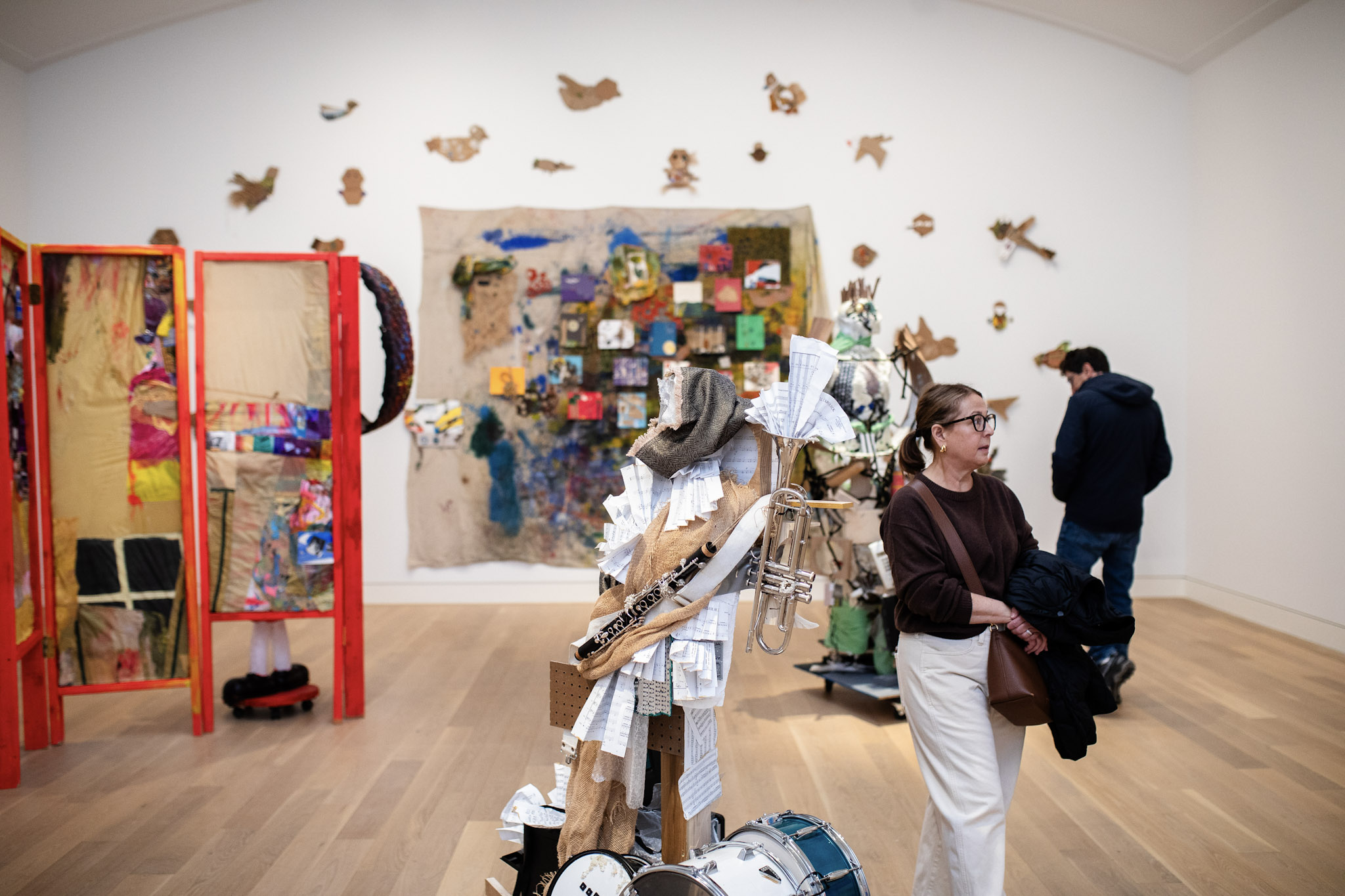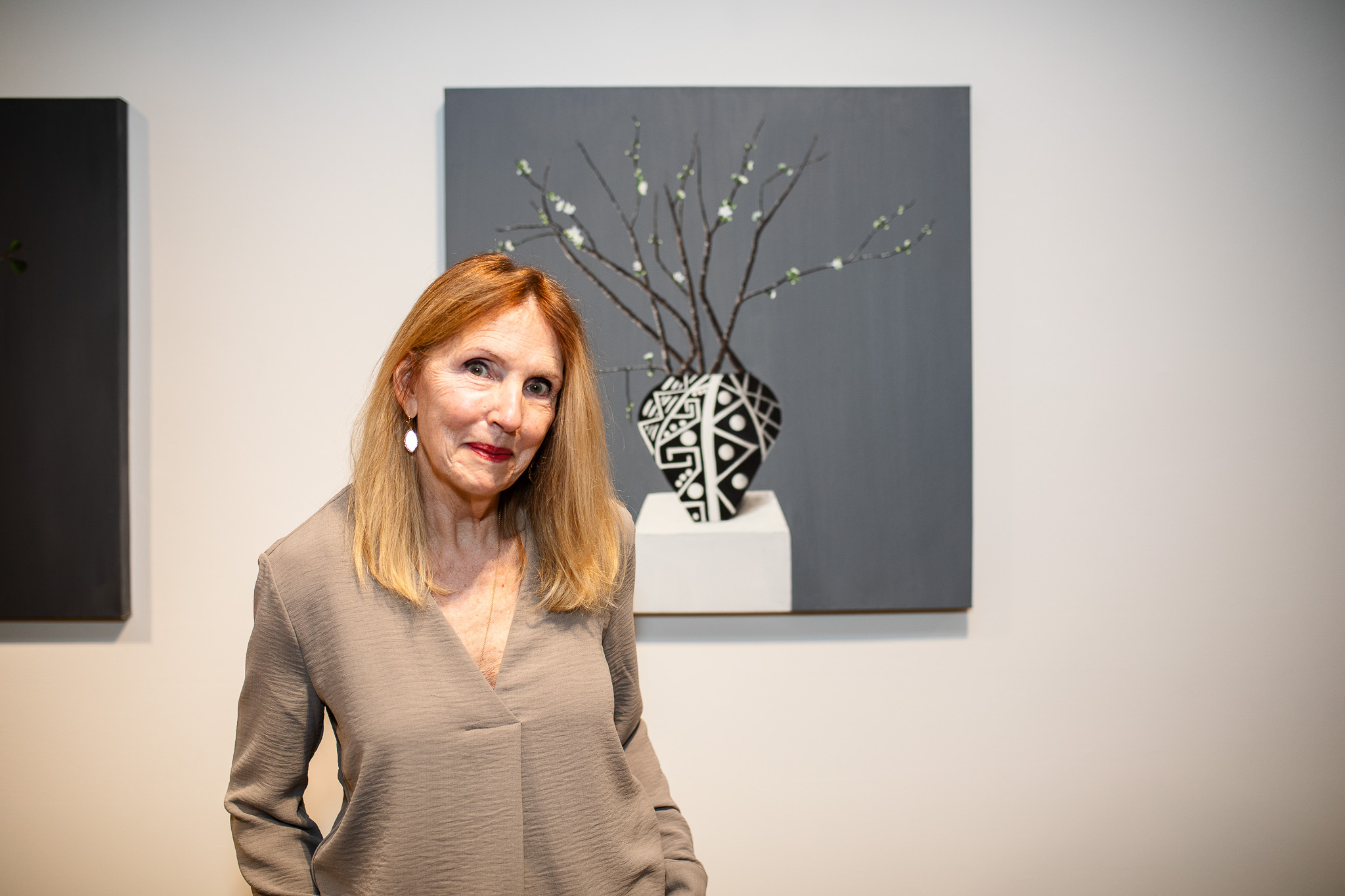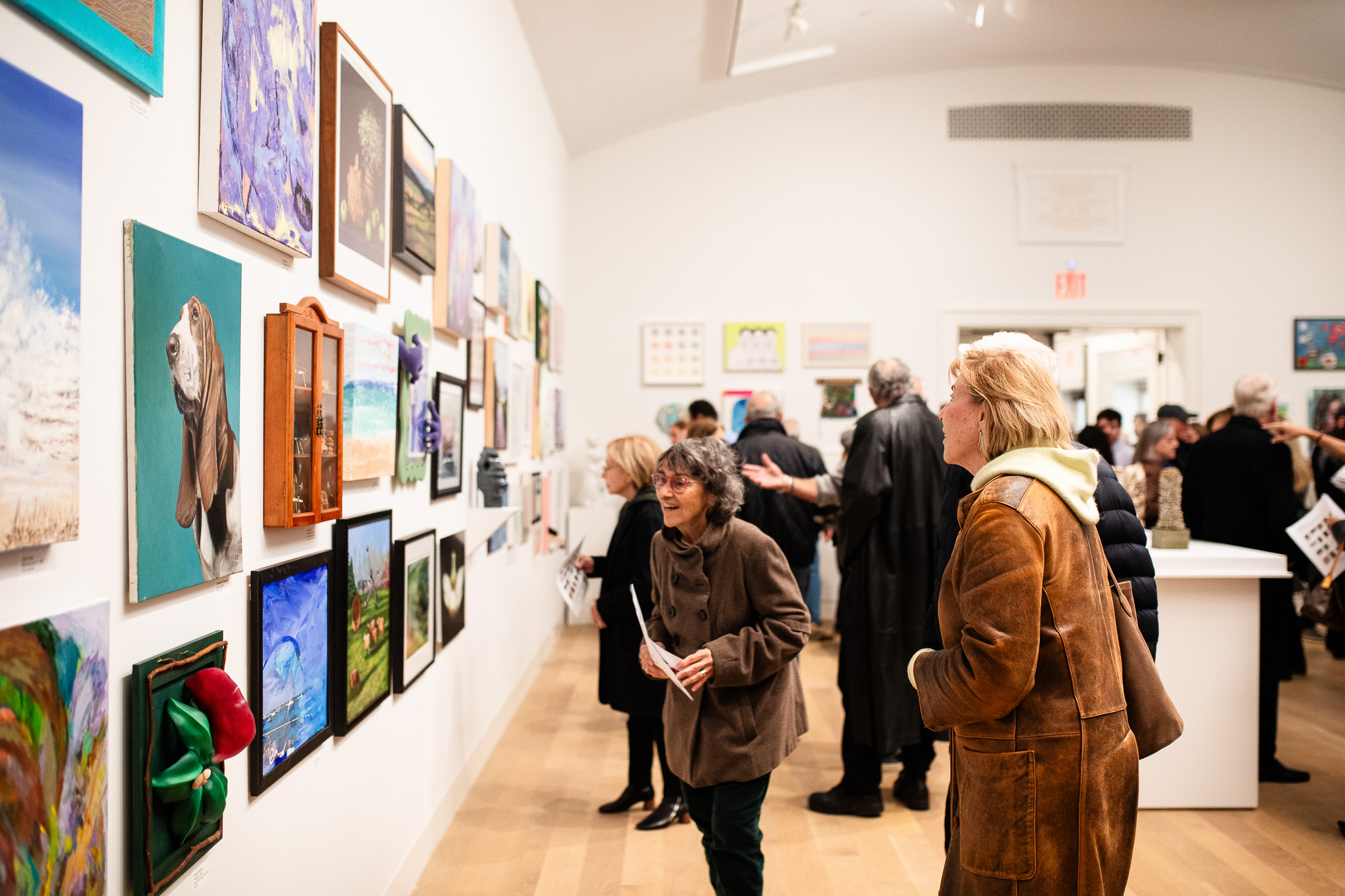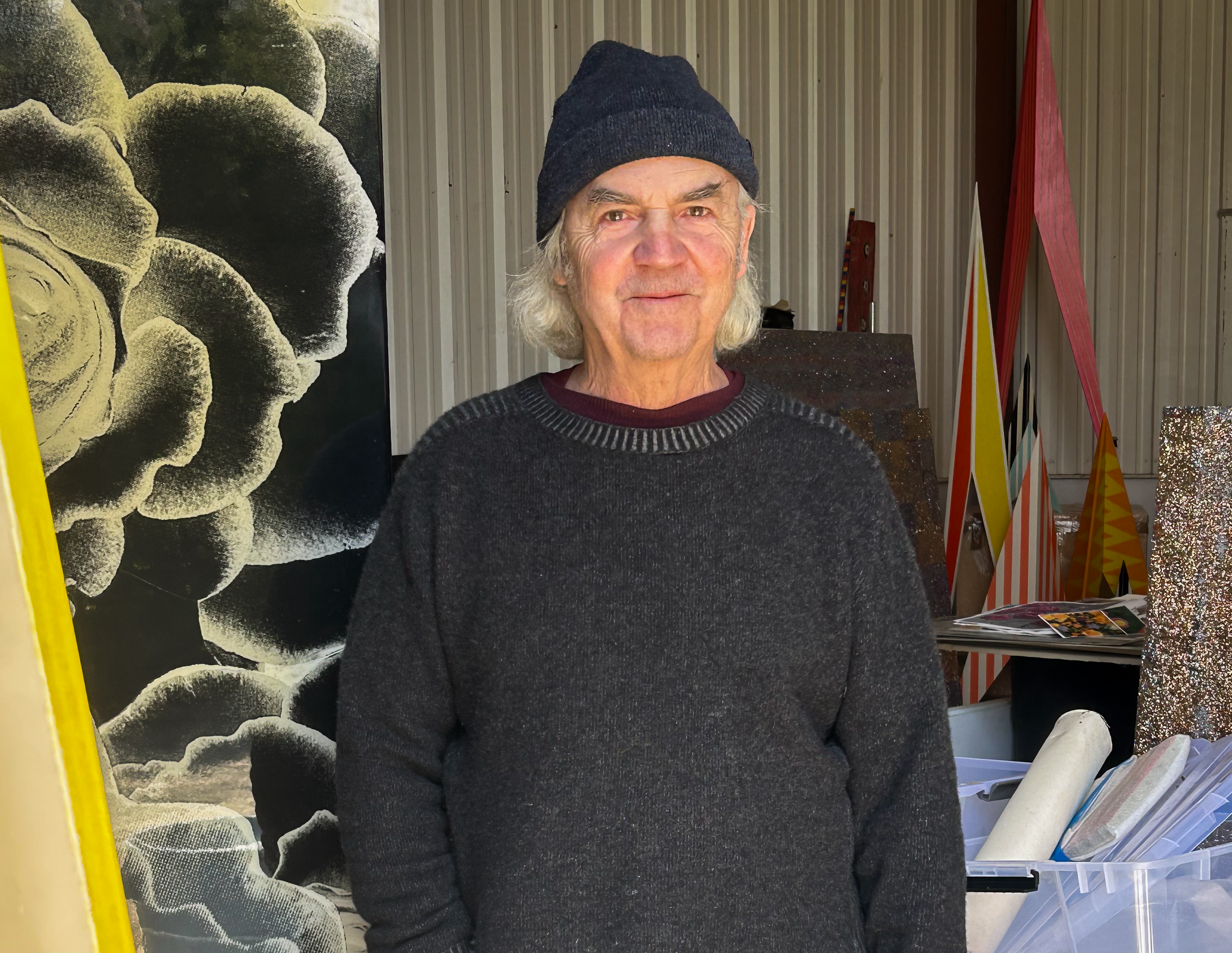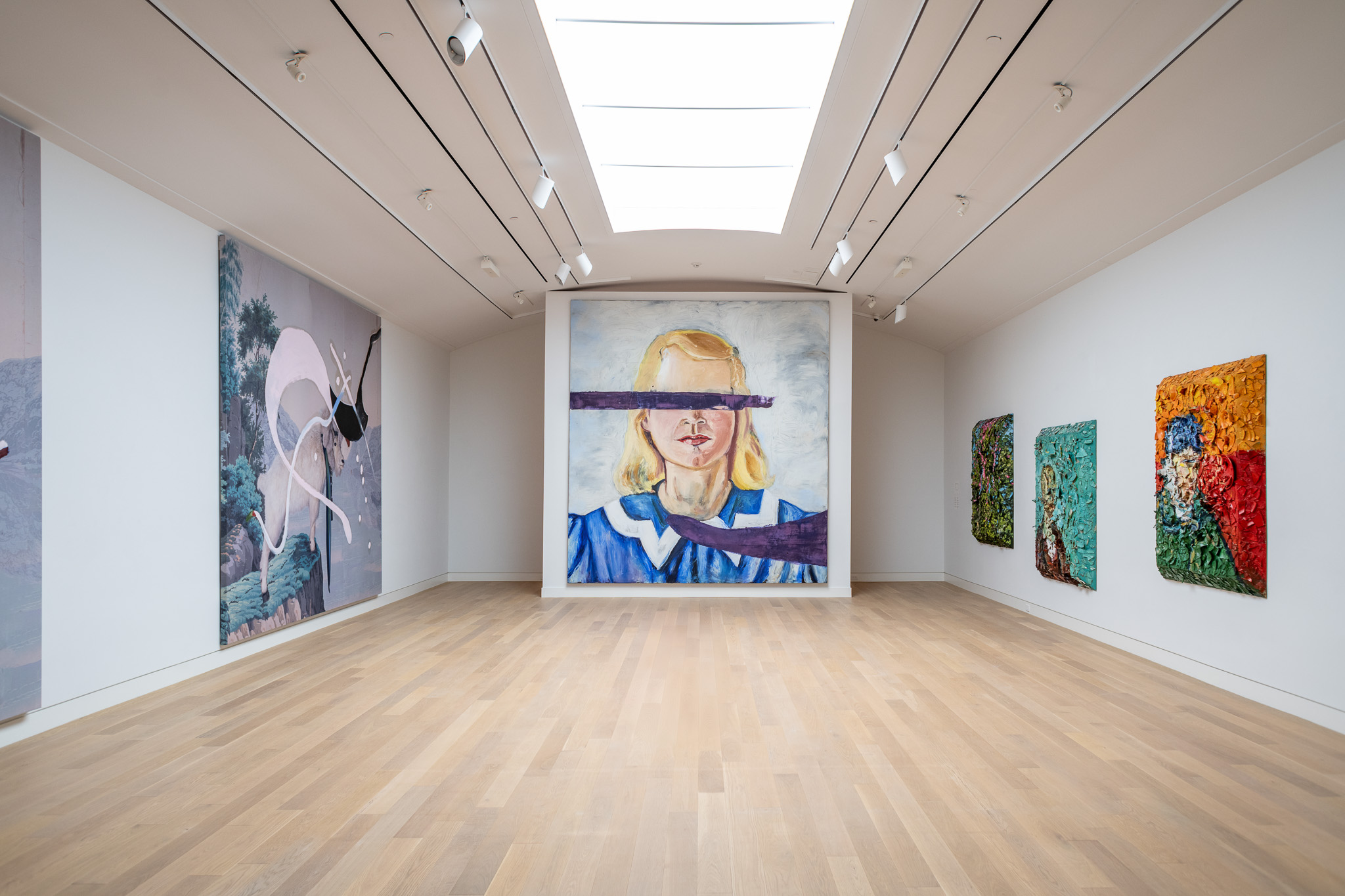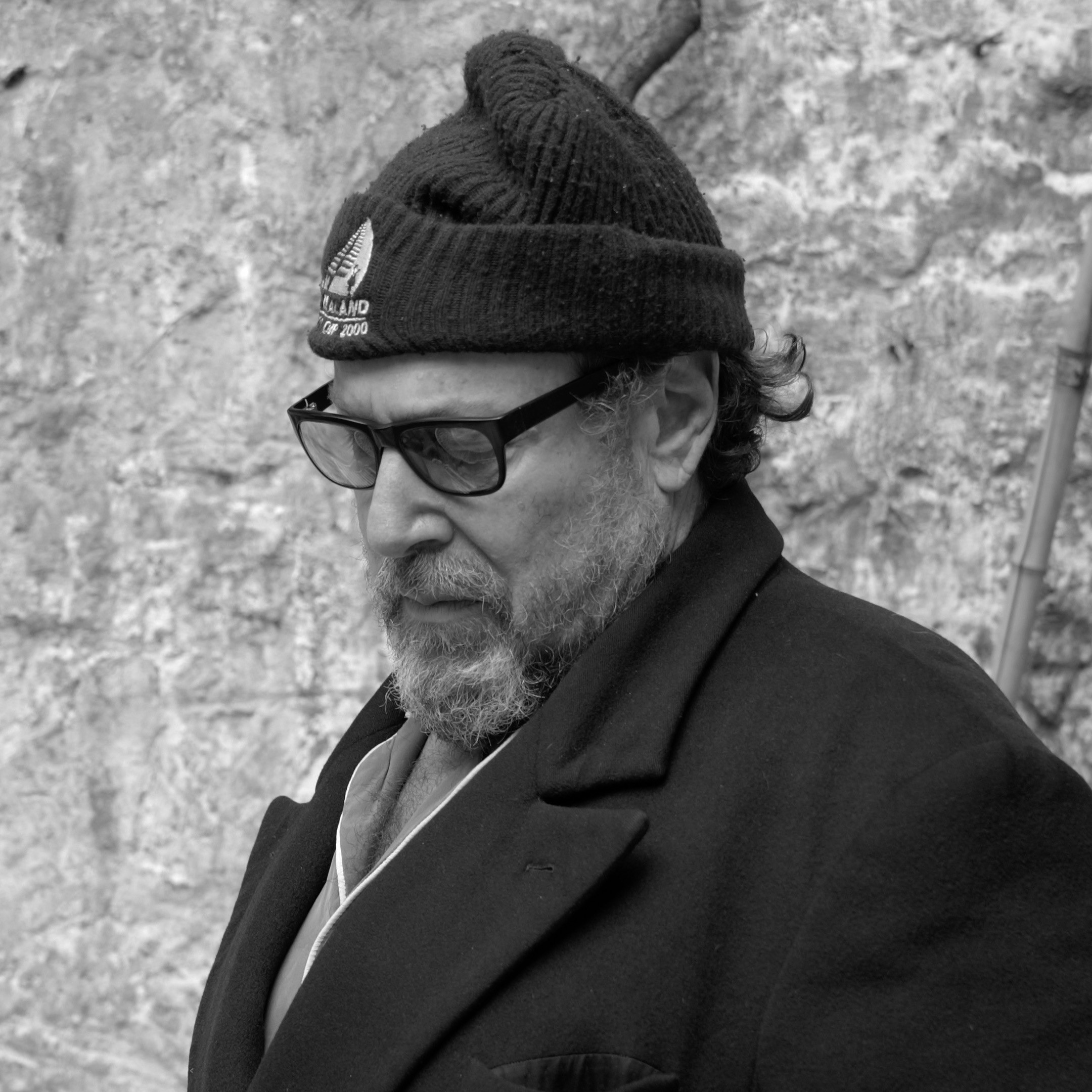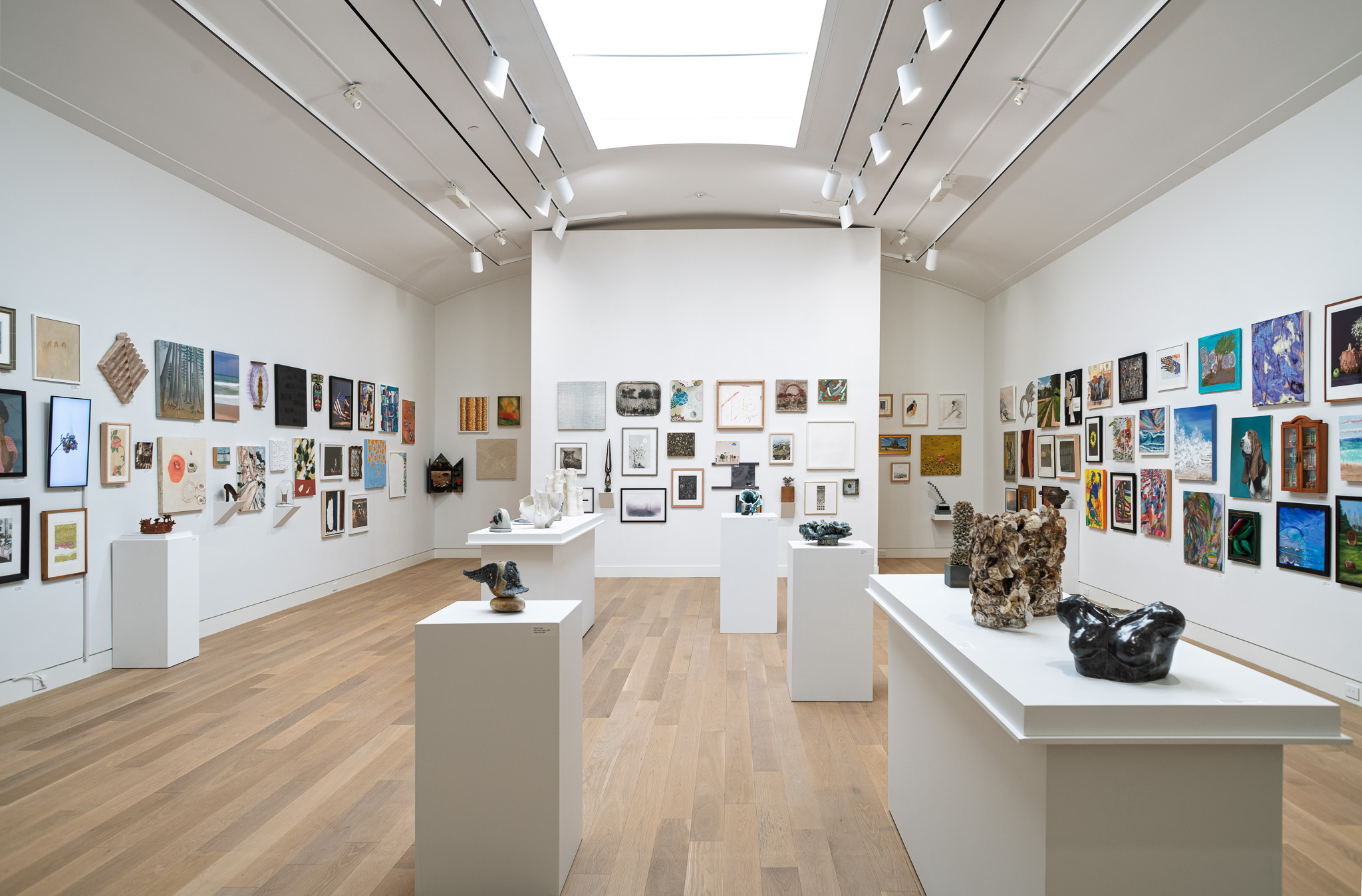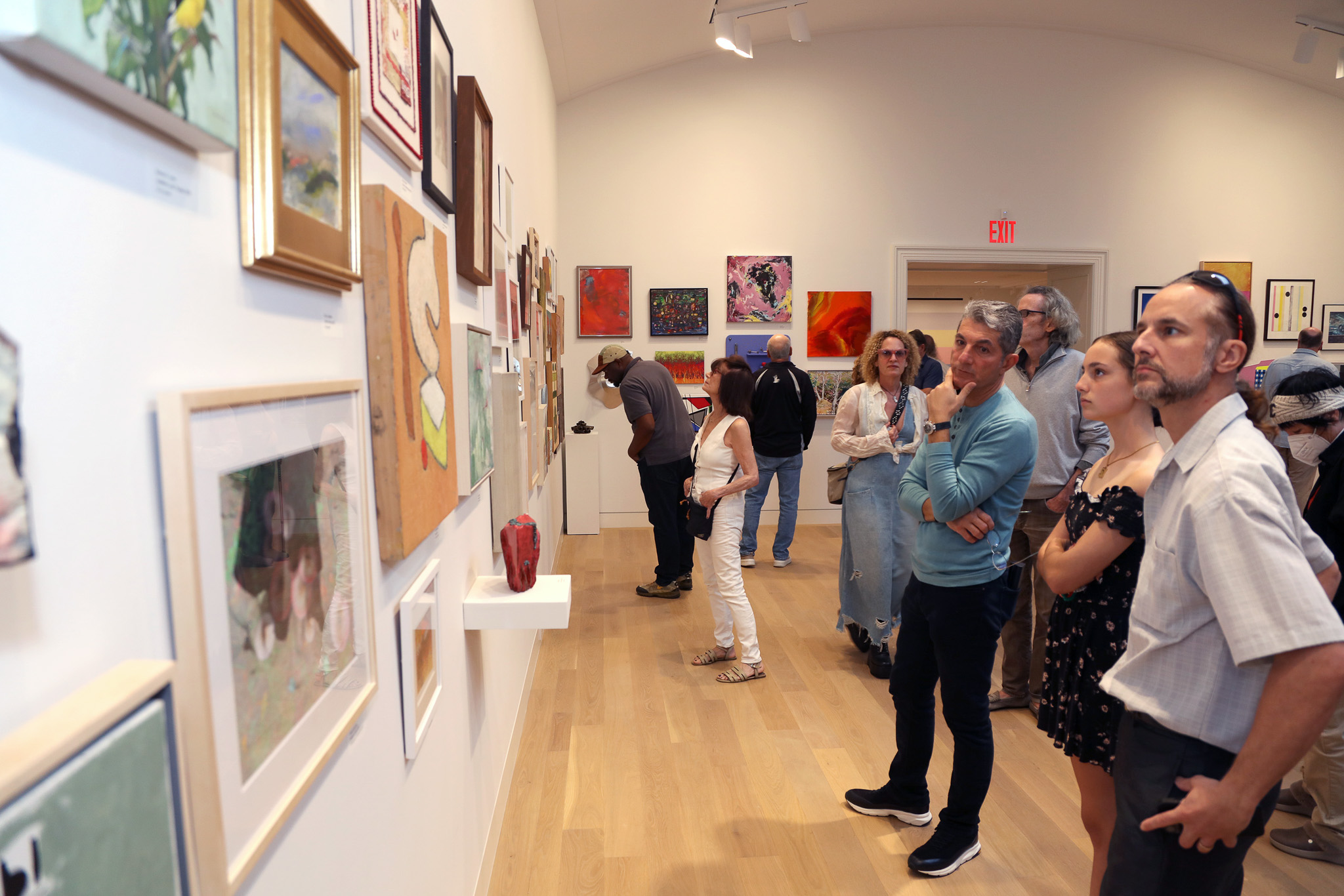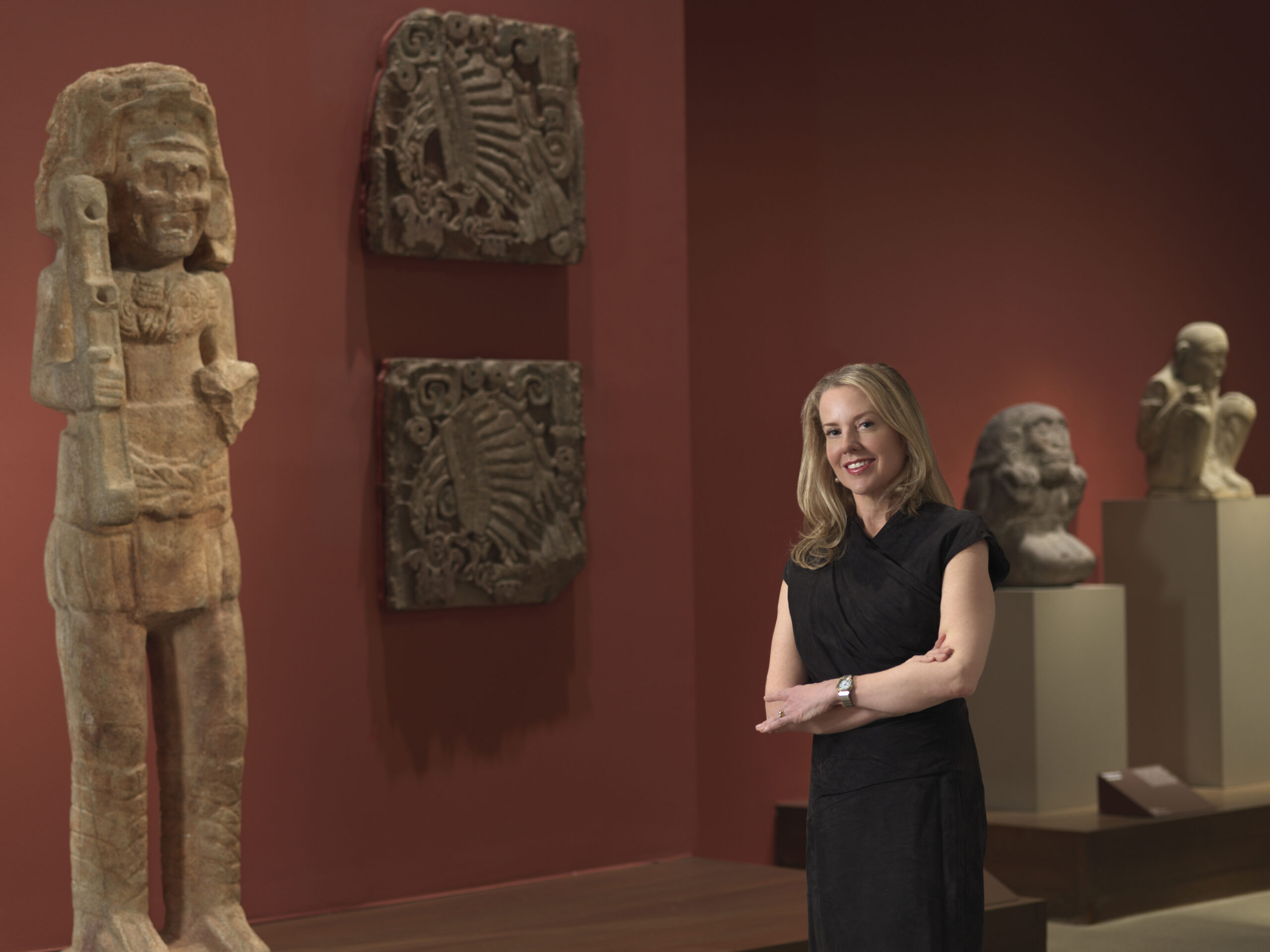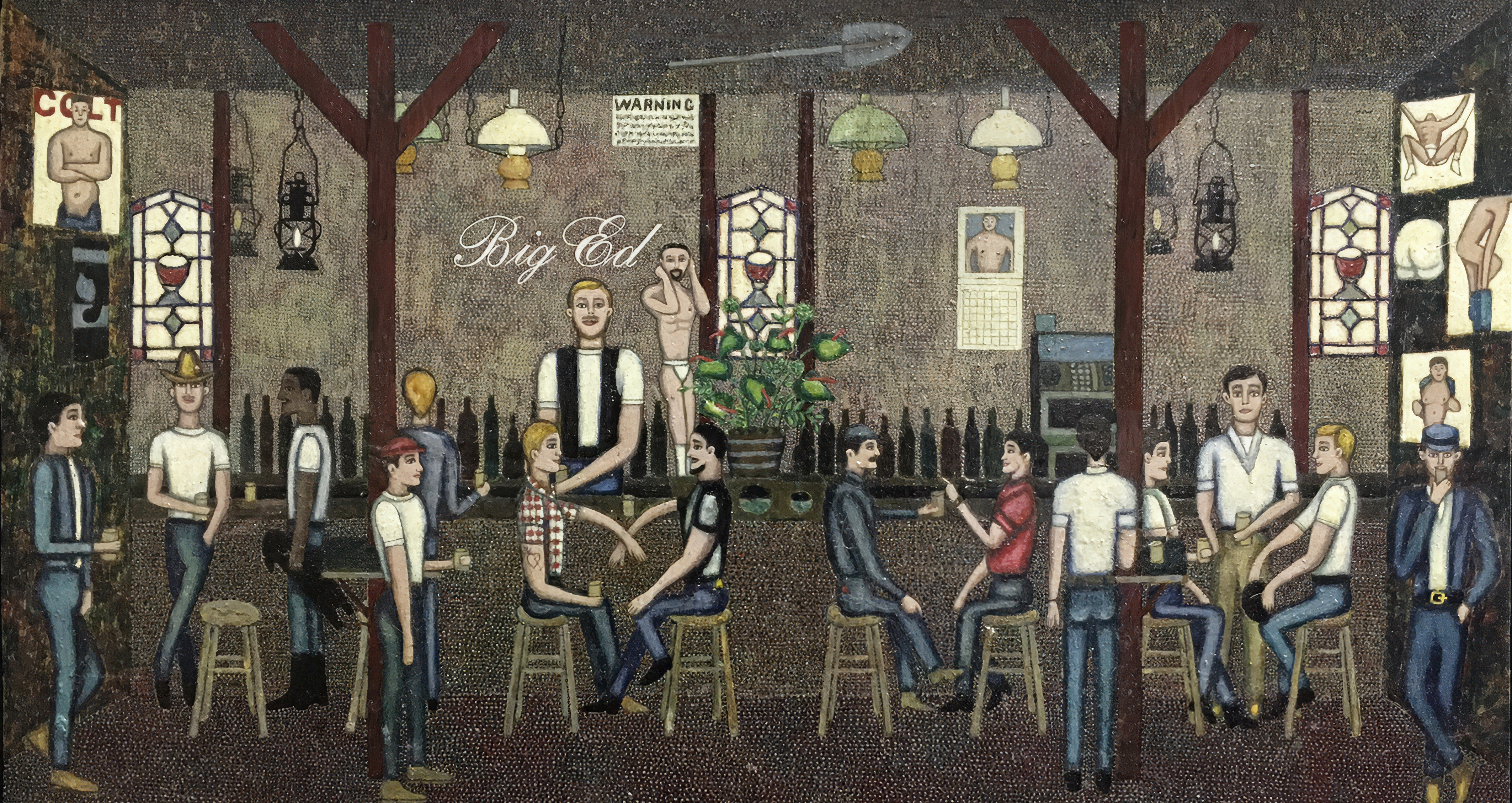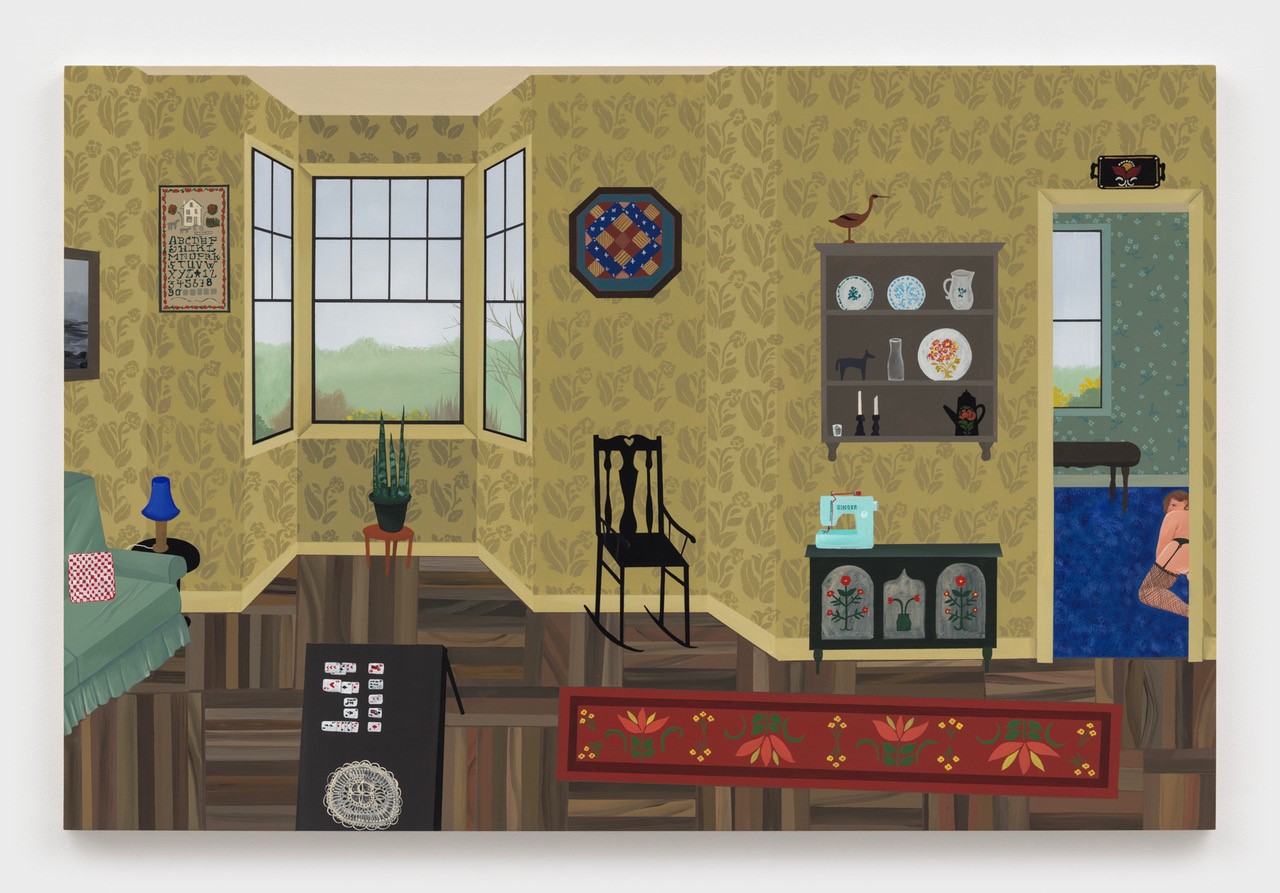MARKS FAMILY GALLERY SOUTH, NORTH, AND & TITO SPIGA EXHIBITION SPACE
Julian Schnabel is a leading figure among the artists who reinvigorated the practice of painting in the late 1970s, adopting unconventional materials and ways to use them to create monumental works. He remains one of the seminal and most prolific artists of the last four decades and has been a significant figure in contemporary art discourse since his first New York solo show at Mary Boone Gallery in 1979. His experimental and often revolutionary approach extends throughout his creative work in various mediums—including painting, sculpture, architecture, and award-winning feature films. Every aspect of his life is filtered through a painter’s lens, as Schnabel lives and works in carefully considered spaces, often en plein air, surrounded by objects dating from antiquity to the present, many created by artists and artist friends, both living and dead, and by the artist himself.
Julian Schnabel: Selected Works from Home presents a selection of the artist’s paintings, drawings, and sculptures from his personal collection—the works he has chosen to keep for himself and to live among. The works on view, made over the last 45 years, include an early wax painting, Procession (for Jean Vigo) from 1979; Salinas Cruz, a painting on velvet from 1984; paintings on printed materials and tarpaulins; and multiple plate paintings, which show the different possibilities of working in this manner and with this specific material over decades. Schnabel’s art evokes a deep yet elusive connection to humanity. The installation of his large-scale works within Guild Hall’s intimate galleries offers visitors an all-encompassing, contemplative experience—a rare opportunity to lose oneself in the artworks, their history, and their transformation —and to capture a sense of time suspended.
This exhibition is organized by Melanie Crader, director of visual arts, in close collaboration with the artist, and Patrick Hillman, executive assistant to Julian Schnabel.
Following the success of their 2022 summer pop-up in East Hampton, TASCHEN is thrilled to return to the Hamptons, partnering with the cultural heart of the East End – Guild Hall.
Coinciding with the opening of Guild Hall’s summer exhibition Julian Schnabel: Selected Works from Home, TASCHEN will transform a section of the historic museum into a fully operational pop-up shop.
The TASCHEN pop-up will feature several Julian Schnabel x TASCHEN projects, including an exclusive collection of hand-painted skateboards by the artist, available to US collectors for the first time. The pop-up will also showcase limited edition book projects with contemporaries such as Annie Leibovitz and David Hockney, alongside a curated selection of TASCHEN’s most celebrated art books, including Jean-Michel Basquiat, New York. Portrait of a City, and Peter Beard.
The TASCHEN Pop-Up at Guild Hall is open to the public Thursday to Sunday, 12–5 PM and before theater programs.


